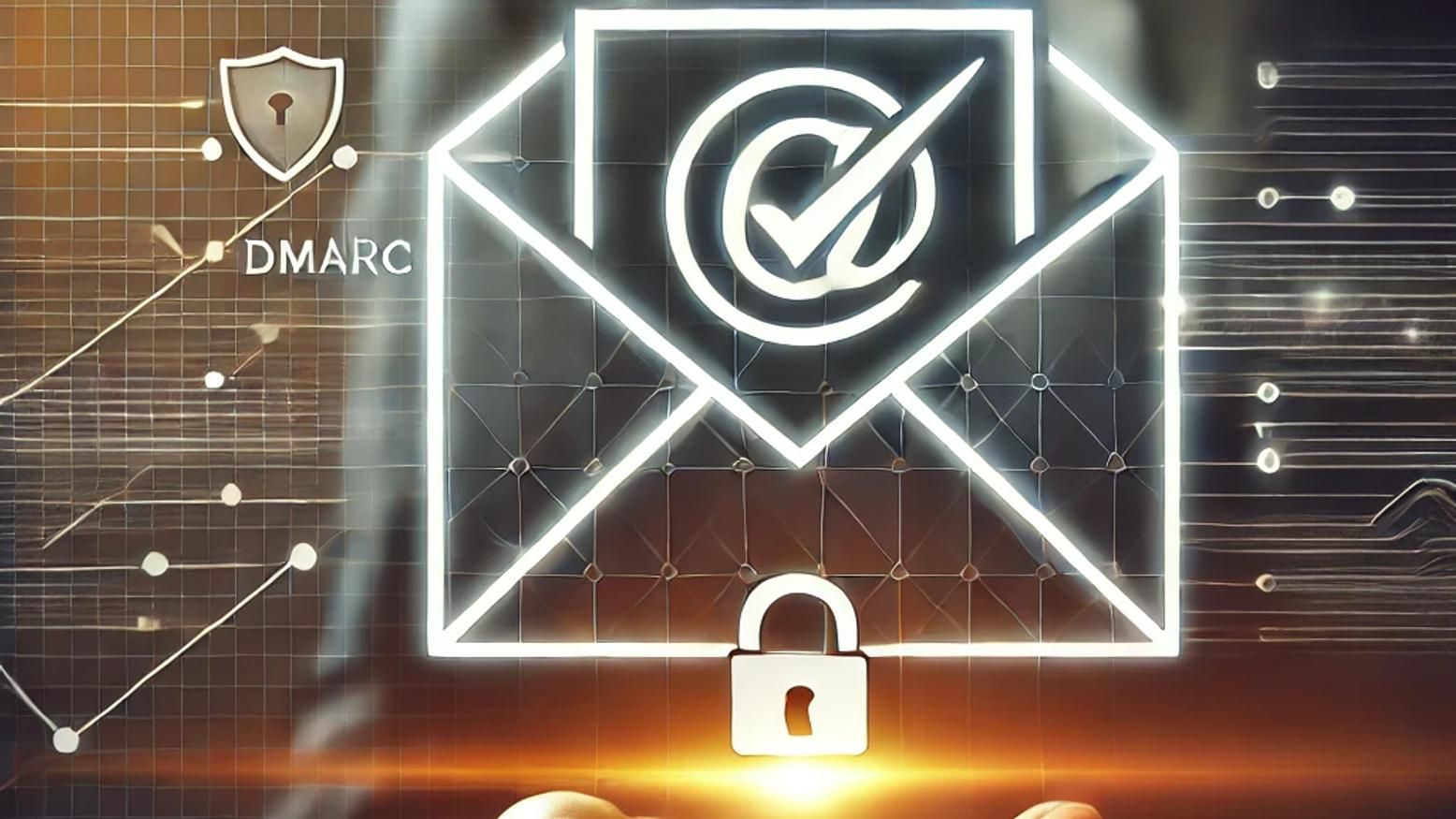
DMARC Explained: Securing Email Integrity
DMARC (Domain-based Message Authentication, Reporting & Conformance) is an email authentication protocol that helps prevent spoofing and phishing attacks. It allows domain owners to define how...

DMARC Checker: Validate Your Email Protection
Ensure your email domain is protected from spoofing with Arsen's free DMARC Checker. Validate your DMARC setup, verify SPF and DKIM alignment, and safeguard your emails against cyber threats....

What is DKIM? Understanding Email Authentication
DKIM (DomainKeys Identified Mail) is an email authentication method that verifies the sender's identity and ensures message integrity. By adding a digital signature to emails, DKIM helps protect...

DKIM Checker: Verify Email Security
Ensure your emails are protected from spoofing and tampering with Arsen's free DKIM Checker. Easily verify your email's DKIM setup and secure your communications from potential cyber threats. Protect...

Understanding Spear Phishing: Focused Cyber Attacks
Spear phishing is a targeted cyberattack that uses tailored information to trick individuals or companies into revealing sensitive data. Learn what spear phishing is and discover key prevention tips,...
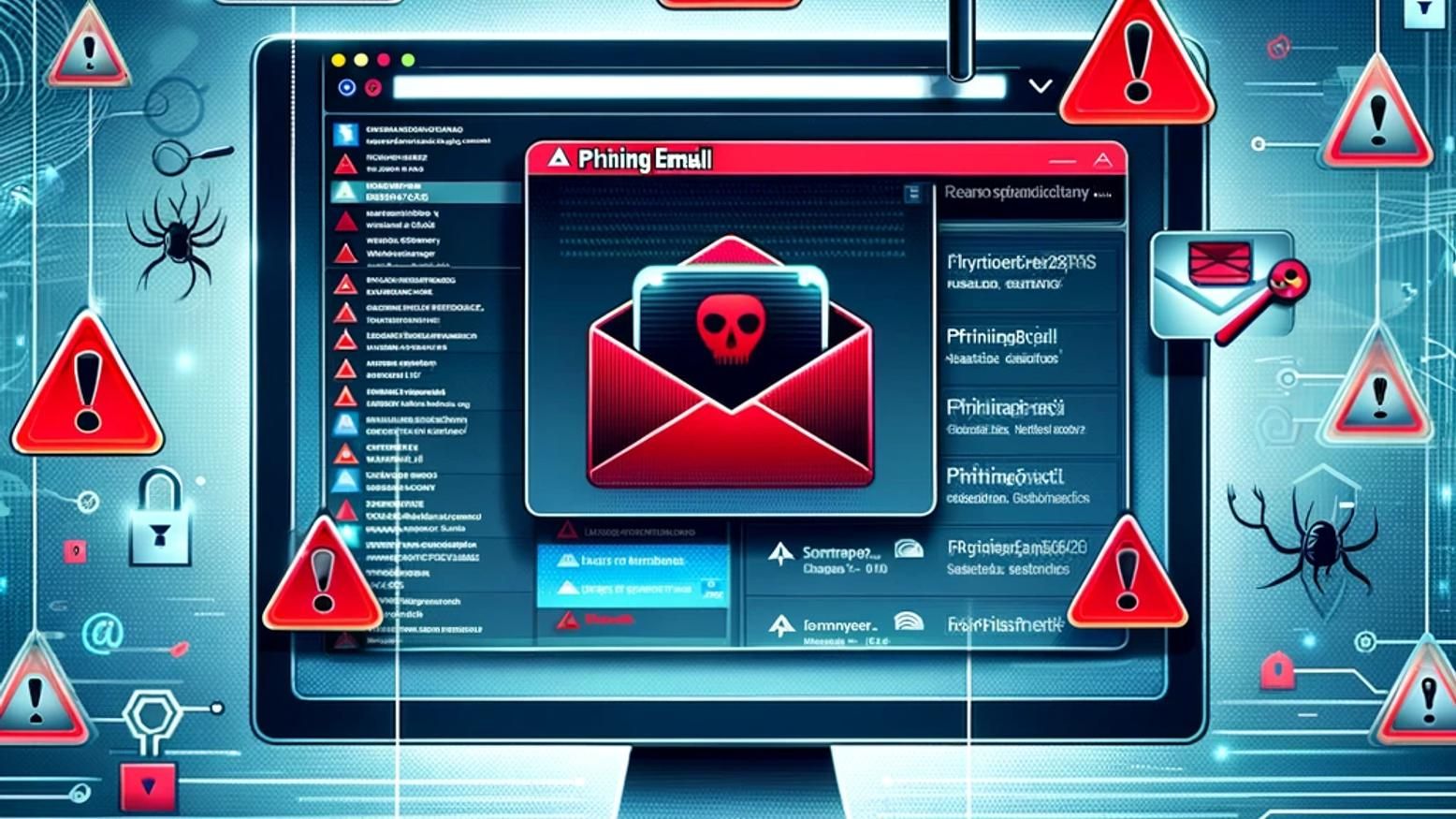
Examples of Phishing Emails and Prevention Tips
Phishing emails are crafted to deceive and steal sensitive information. Understanding various phishing email examples, such as fake security alerts, unexpected invoices, and prize notifications, is...
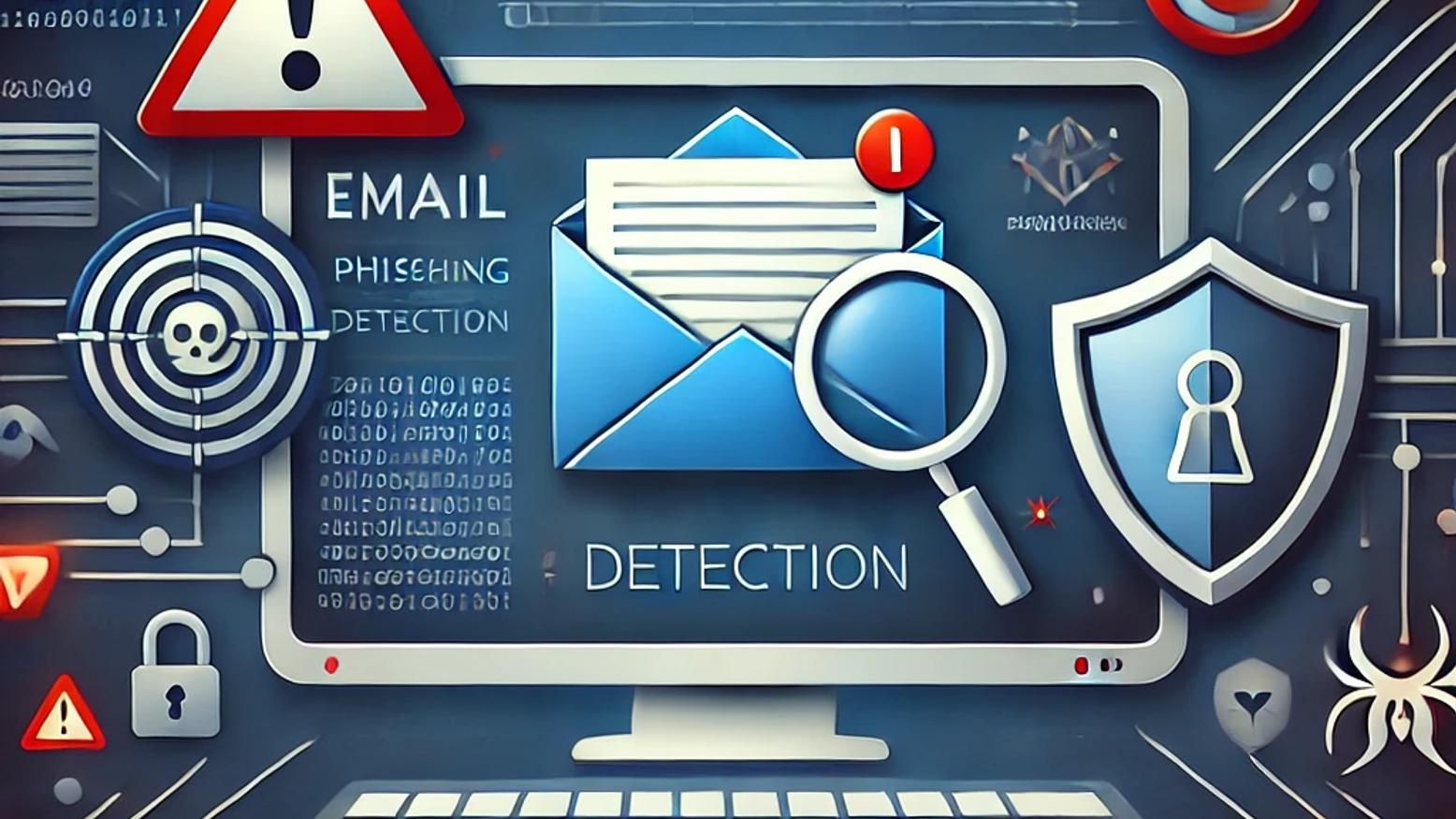
Phishing Detection: Tools and Techniques
Phishing detection is essential to prevent cyberattacks that trick individuals into revealing sensitive information. Combining advanced tools like email filters, web filtering, and anti-phishing...
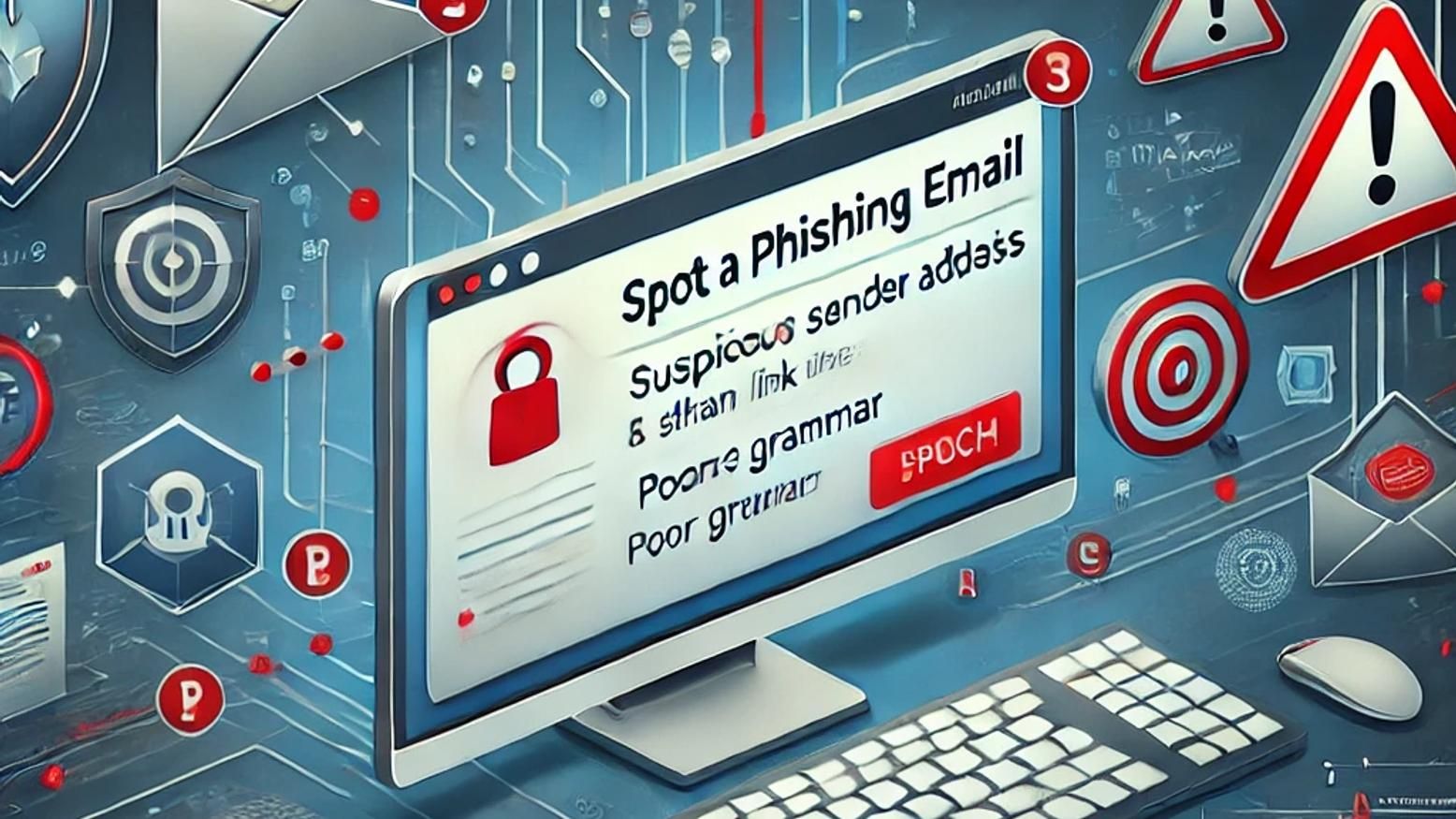
How to Spot a Phishing Email: Key Indicators
Phishing emails are a favorite tool of cybercriminals, designed to steal sensitive information. Knowing how to spot a phishing email is key to staying protected. Look out for unusual email addresses,...

Facebook Phishing: Protecting Your Profile
Facebook phishing is a common scam where attackers attempt to steal your login credentials and personal information. By recognizing tactics like fake login pages, malicious links, and impersonation,...
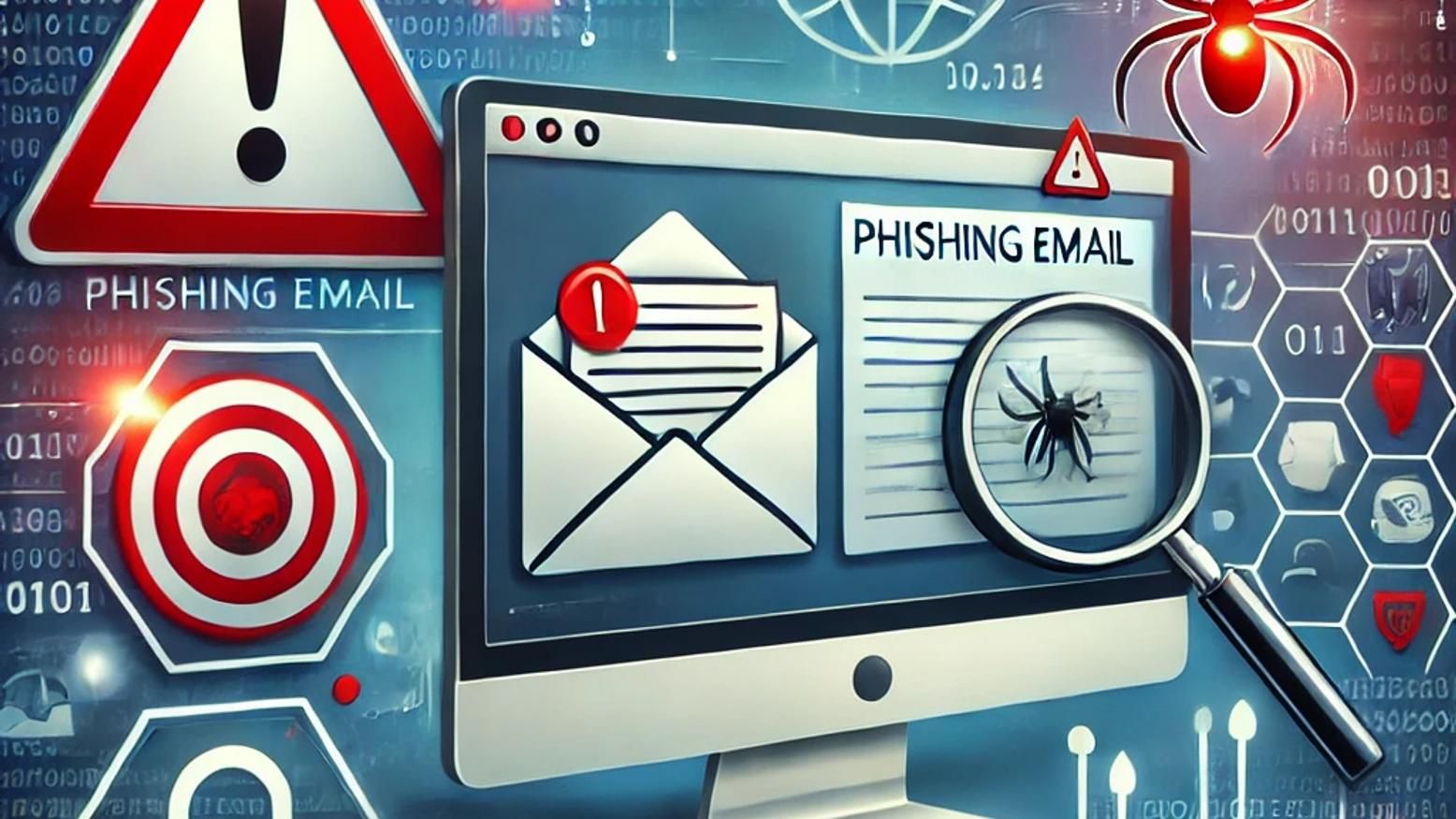
Phishing Email Examples: Spotting the Signs
Phishing emails often disguise themselves as legitimate communications to trick you into revealing sensitive information. Recognizing an example of phishing email is crucial for protecting your data....
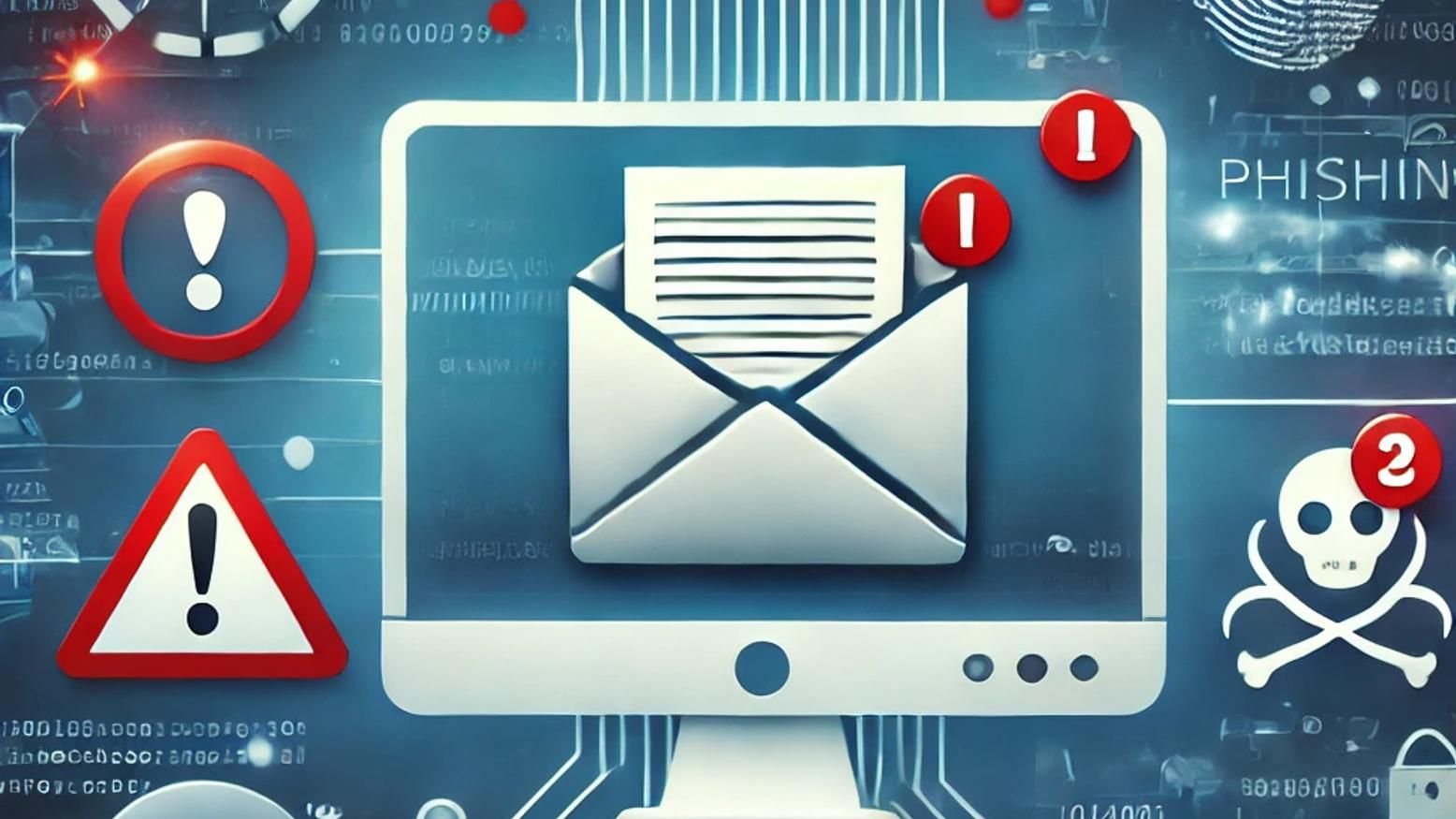
TOP 5 Common Indicators of a Phishing Attempt
Phishing attempts are designed to trick you into revealing sensitive information. Recognizing the common indicators of a phishing attempt is essential for online security. From suspicious sender...
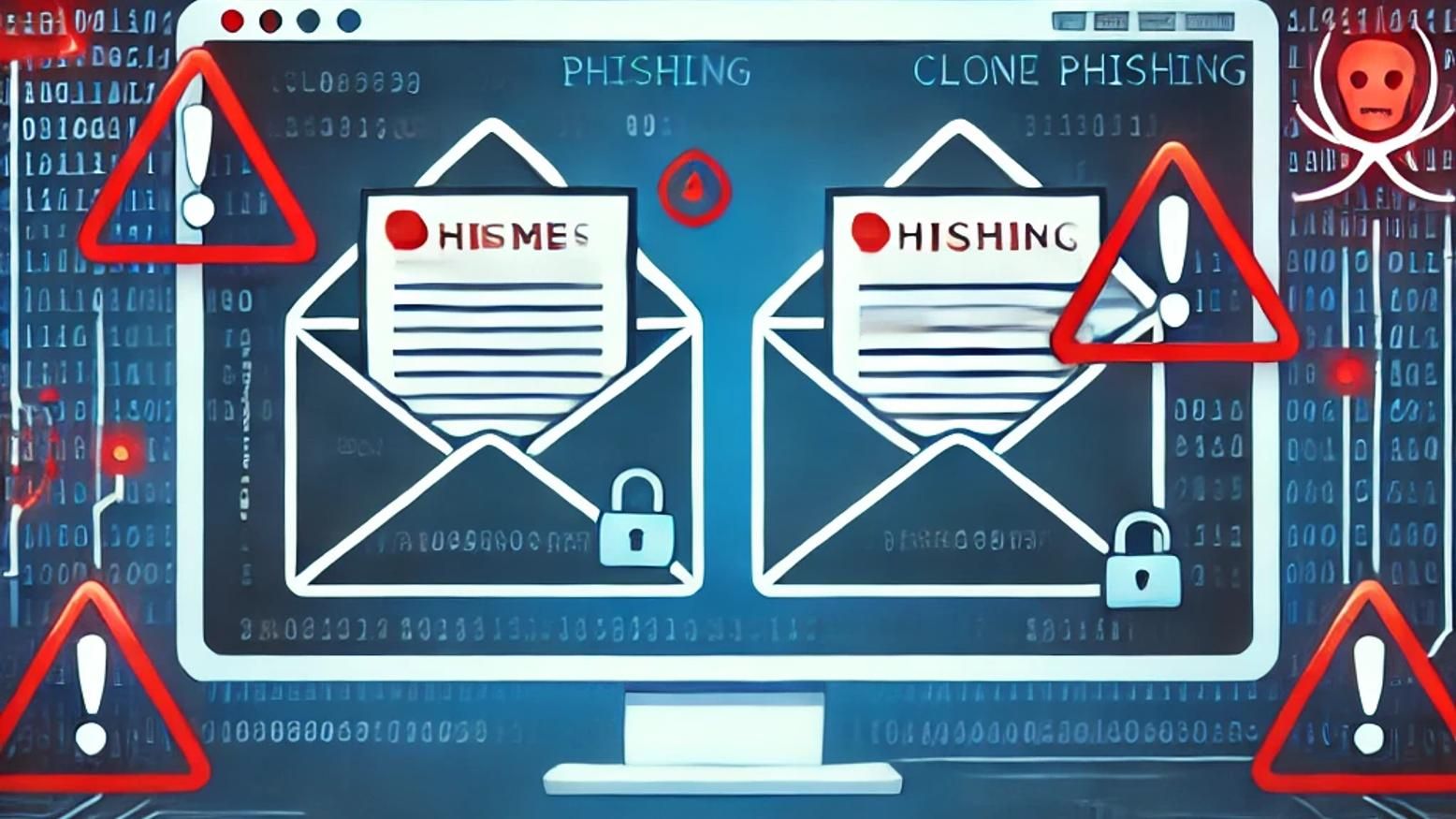
Clone Phishing: Recognize and Avoid
Clone phishing is a deceptive cyberattack where legitimate emails are replicated with malicious intent. Attackers use nearly identical copies of trusted communications but replace links or...

Check Phishing Link: How to Verify Safe URLs
Phishing attacks often involve malicious links disguised as legitimate URLs. Knowing how to check phishing links is essential for your online security. Be cautious with suspicious URLs, hover over...
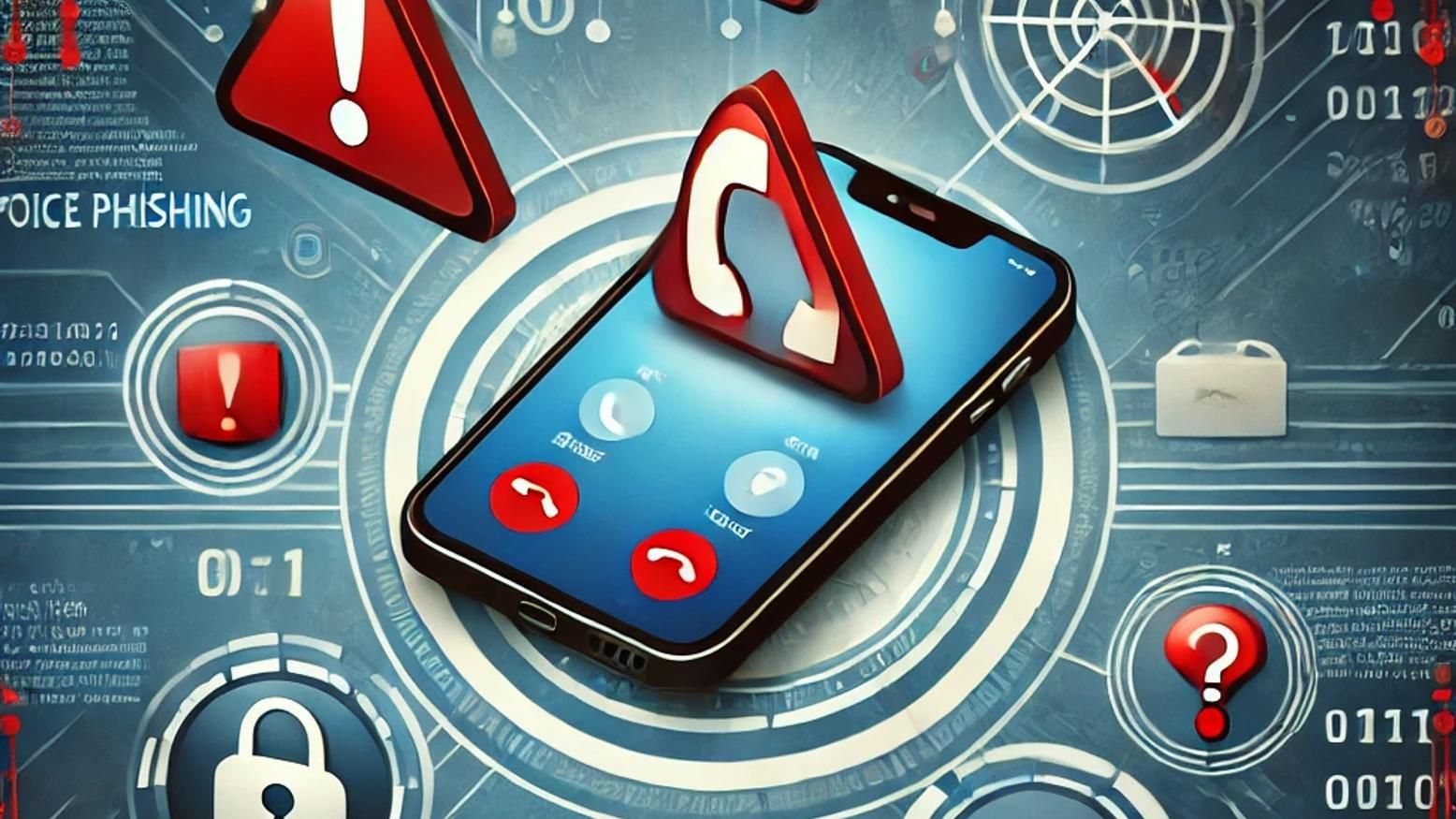
What is Vishing? | Protecting Against Phone Scams
Vishing is a form of voice phishing where attackers use phone calls to trick individuals into revealing sensitive information. Unlike traditional email-based phishing, vishing exploits the trust...

What is Catfishing? | Identifying Online Deception
Catfishing is a form of online deception where individuals create fake identities to manipulate others. Learning how to identify catfishing is essential to protect yourself from these scams. This...

Catfishing meaning: Definition & Examples
Catfishing is a form of online deception where someone creates a fake identity to lure others into fraudulent relationships. This practice can involve emotional manipulation, financial scams, or...
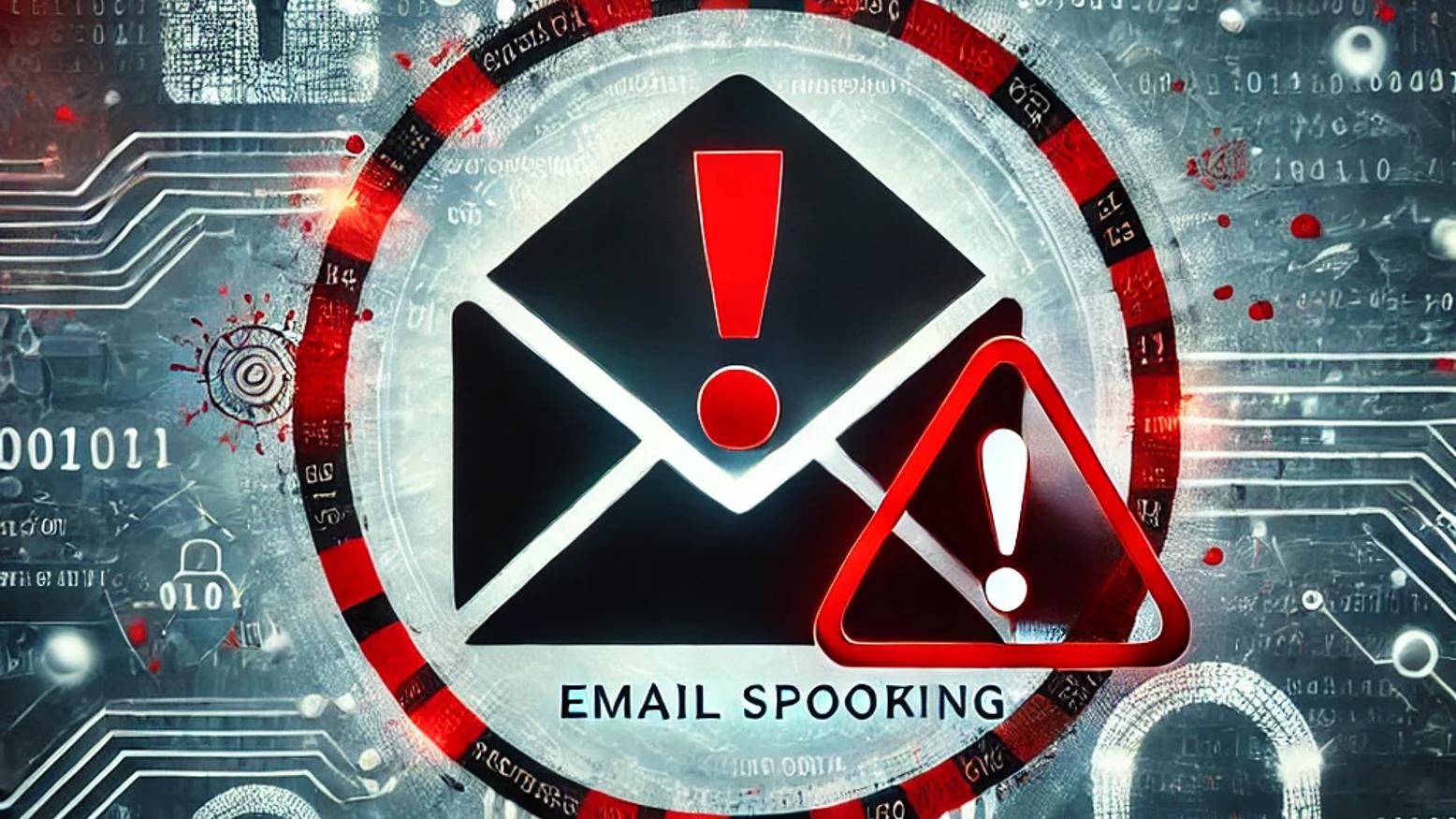
What is Spoofing? | Cybersecurity Risks
Spoofing is a deceptive cyberattack where criminals disguise themselves as trusted sources to steal sensitive information or spread malware. One of the most prevalent forms is email spoofing, where...

Spoofing Definition: What It Is & How to Prevent Email Attacks
Email spoofing is a deceptive cyberattack where hackers forge an email's sender address to appear as though it's from a trusted source. This tactic is often used in phishing schemes, business email...

How to Prevent Spoofing: Strategies & Best Practices
Email spoofing is a dangerous cyber threat that can compromise your organization’s security and reputation. Attackers disguise their emails to appear as though they come from a trusted source, often...
